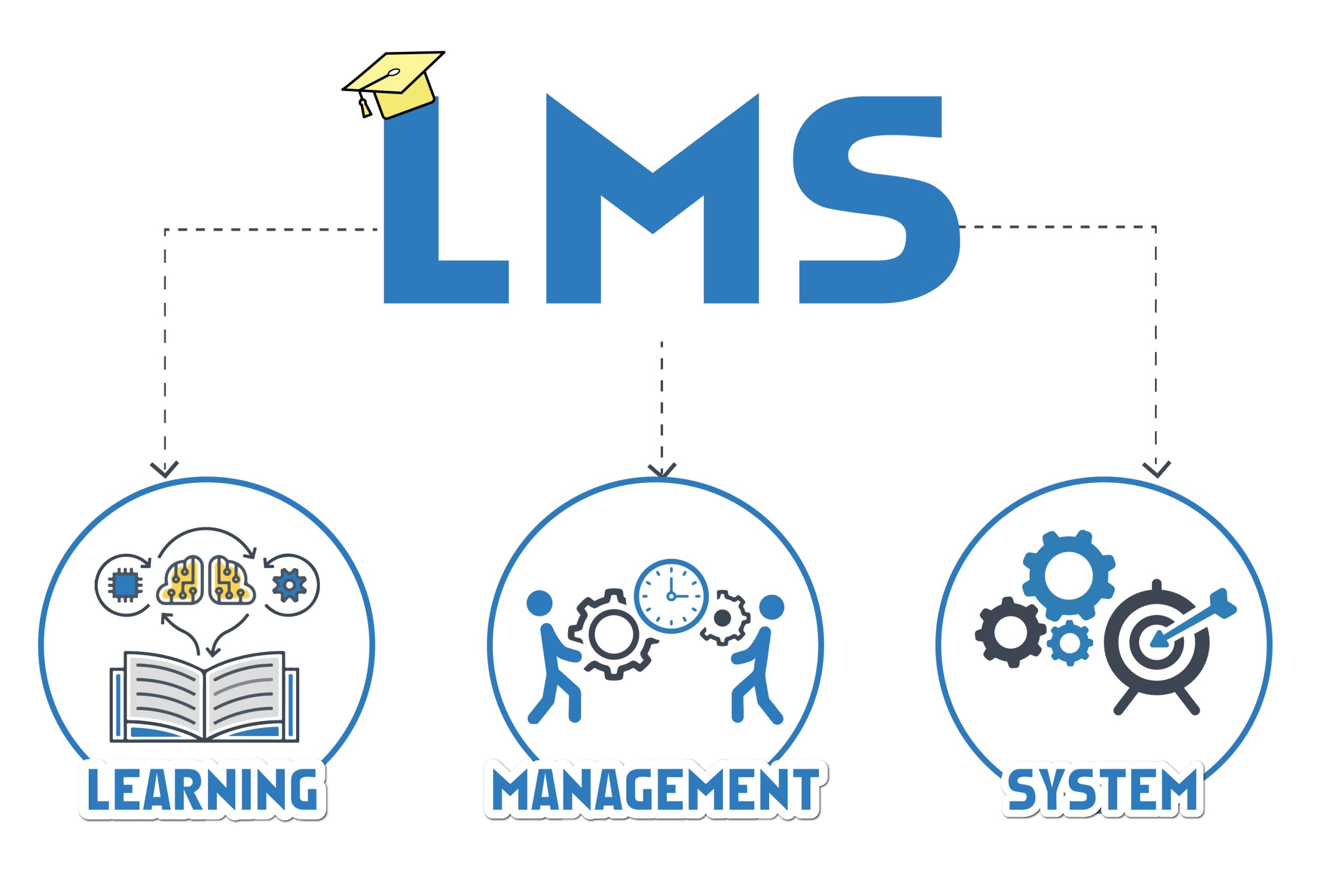The ever-evolving landscape of Learning and Development (L&D) demands that Learning Management Systems (LMS) not only keep pace but lead the charge. As 2025 approaches, it’s crucial for L&D innovators to identify and implement essential LMS features that can cater to diverse learner needs, integrate with advanced technologies, and ultimately drive successful learning outcomes. This comprehensive guide outlines key features that will define the LMS of the future, ensuring that organizations remain at the forefront of educational innovation.
The first critical feature for LMS in 2025 is advanced analytics and reporting capabilities. This is much more than basic tracking of completion rates or attendance; it’s about understanding user behavior, identifying skill gaps, and deriving insights that inform personalized learning experiences. These analytics need to be intuitive and provide actionable insights that can transform how L&D professionals tailor their programs. With the rise of artificial intelligence and machine learning, LMS platforms must leverage these technologies to predict learning trends and provide adaptive learning paths that respond to individual learner progress.
Next, the integration of immersive learning technologies, such as virtual reality (VR) and augmented reality (AR), is set to revolutionize the L&D space. By 2025, LMS platforms should support these technologies to offer immersive and engaging learning experiences. These tools can replicate real-world scenarios in a controlled environment, enhancing the learner’s ability to understand and remember concepts. For instance, medical students could practice surgeries in a virtual setting, or customer service representatives could interact with virtual clients. The LMS needs to seamlessly integrate with VR/AR applications, making it easy for administrators to implement and monitor these experiences.
Another essential feature is the ability to support and facilitate social learning. Peer interactions and collaborative learning are critical aspects of knowledge retention and idea generation. An LMS in 2025 should provide tools such as integrated discussion forums, real-time collaboration features, and social media integrations that encourage peer-to-peer communication and learning. These tools should be accessible within the LMS interface, ensuring learners can connect and engage without switching between multiple platforms, thus fostering a cohesive and interactive learning environment.
An often overlooked but vital feature for future LMS platforms is comprehensive accessibility support. This involves ensuring that all learners, regardless of their physical or cognitive abilities, have equal access to learning materials and experiences. Features should include screen reader compatibility, customizable text sizes and colors, and voice command capabilities. Additionally, LMS should strive to support content in multiple languages, catering to global audiences and promoting inclusivity. By prioritizing accessibility, educational institutions can not only comply with legal standards but also ensure a diverse range of learners can access and benefit from their programs.
Seamless integration with other enterprise systems and applications is another non-negotiable feature for an LMS in 2025. To provide an all-encompassing learning ecosystem, the LMS should easily connect with CRM systems, HR software, and other enterprise tools to streamline operations and data synchronizations. This connectivity allows for a unified user experience, where learners and administrators can access everything they need from a single platform. Furthermore, integration with popular productivity tools, such as video conferencing and project management software, can enhance learning delivery and administration.
Moreover, mobile-first design will be critical in 2025, empowering learners to access content anytime, anywhere. As mobile device usage continues to rise, LMS platforms must prioritize responsive design, ensuring a seamless cross-device experience. This includes creating apps or mobile-responsive web platforms that allow learners to download content for offline access, engage in microlearning modules, and receive push notifications for course updates. A mobile-ready LMS can significantly enhance engagement and completion rates, providing learners with the flexibility they need in a fast-paced world.
Finally, personalized learning paths powered by AI-driven adaptive learning technology will define LMS platforms in 2025. These personalized learning experiences address individual learner needs, preferences, and performance by analyzing data trends and adjusting content delivery in real time. This not only optimizes learner engagement and retention but also ensures that the L&D strategy aligns with organizational goals. An LMS equipped with such a feature can continuously adapt and evolve, creating an ever-improving educational environment that meets the dynamic demands of the workforce. By incorporating these cutting-edge features, L&D innovators can ensure that their organizations are well-prepared for the future of learning.
